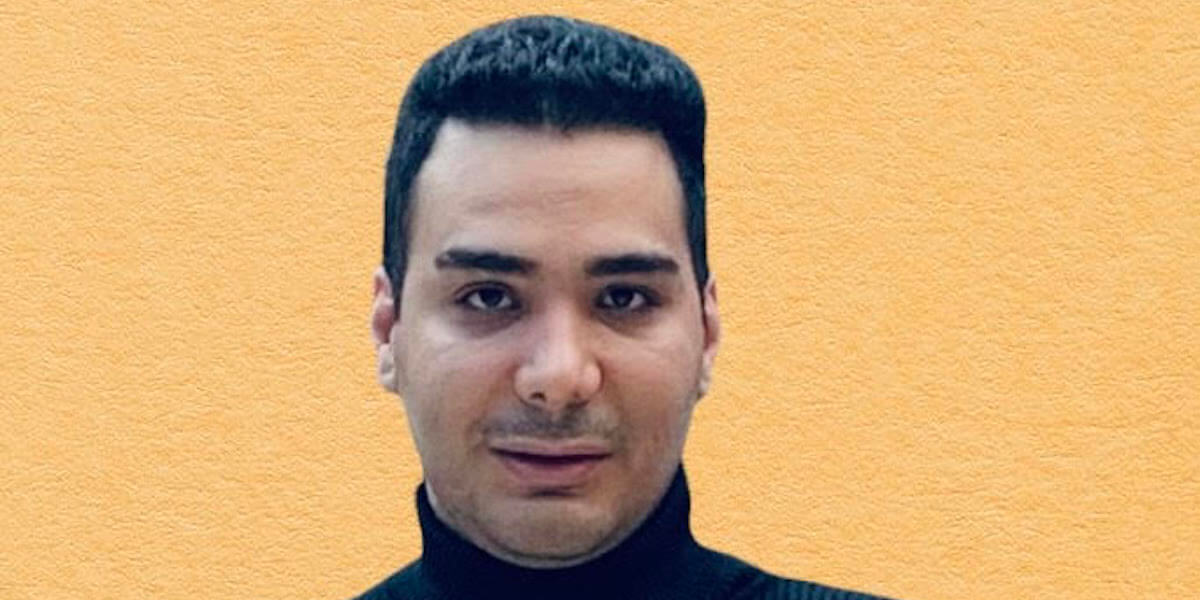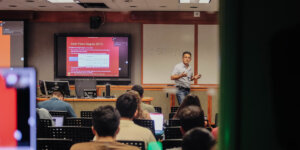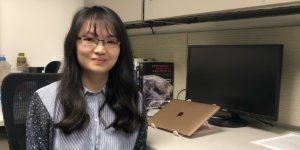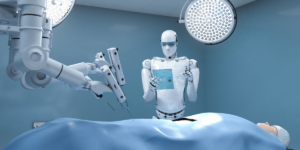
USC Viterbi PhD’21 Milad Pirhadi. PHOTO/ MILAD PIRHADI.
Milad Pirhadi, USC PhD’21 and current air pollution specialist at the California Air Resources Board, received the USC PhD Achievement Award for 2021.
The award, established in 2012, is part of the USC Graduate School’s ongoing effort to support and recognize exemplary research. Six awards were made in 2021 and represent the highest honor given to any PhD student at USC. This is the second time a doctoral student from USC Viterbi Professor Constantinos Sioutas’ research group has received this top honor.
Students are selected based on their record of success including significant publications as the sole or primary author; job offers that signal the outstanding quality of the student’s doctoral work; major awards in a broadly conceived field; and other markers of excellence appropriate to the student’s field.
A few details about Pirhadi’s exceptional work with adviser Sioutas and under his leadership at the USC Aerosol Lab follows in a Q&A with Milad Pirhadi.
What is the focus of your research?
The objective of my research at the USC Aerosol Lab was to investigate the underlying mechanisms that produce the health effects associated with exposure to air pollution. In particular, I investigated sources, physiochemical characteristics, measurement techniques, and health impacts of ambient fine particulate matter (PM2.5), a criteria air pollutant associated with several adverse health endpoints such as lung cancer and cardiovascular diseases.
Why is it important? What are its applications?
Air pollution has been a significant challenge in various metropolitan areas in the recent years. The Global Burden of Diseases study reported over four million annual deaths worldwide resulting from exposure to PM2.5. In California, several populous areas are still in non-attainment of the national ambient air quality standards (NAAQS) for PM2.5 and ozone. Scientific and technical analysis of PM2.5 and its components such as organic species will help policymakers to develop and adopt targeted air quality regulations to protect the public health.
What are some of the key milestones you reached during your time working with Professor Sioutas’ lab? What are some key lessons you’d pass on to the next generation?
I published over 10 peer-reviewed journal articles (as the primary author or co-author) over the course of three years in some of the most prestigious journals in the field of environmental engineering such as “Environmental Pollution” and “Science of the Total Environment.”
The key lessons I’d pass on to the next generation is “work hard,” “communicate with your colleagues in an effective, friendly, and respectful manner,” and “be patient.” I believe it’s important to keep a positive and inclusive work environment which gives everyone various opportunities to grow and thrive.
What are your future goals / long-term vision?
I now work as an Air Pollution Specialist at CARB, the primary air quality agency in California to provide clean air for Californians and protect the public health from exposure to air pollution. My long-term vision is to contribute to air pollution control and reduction strategies in disadvantaged communities impacted by major air pollution sources such as ports, railyards, power plants, and warehouses.
Published on April 25th, 2022
Last updated on June 14th, 2023












